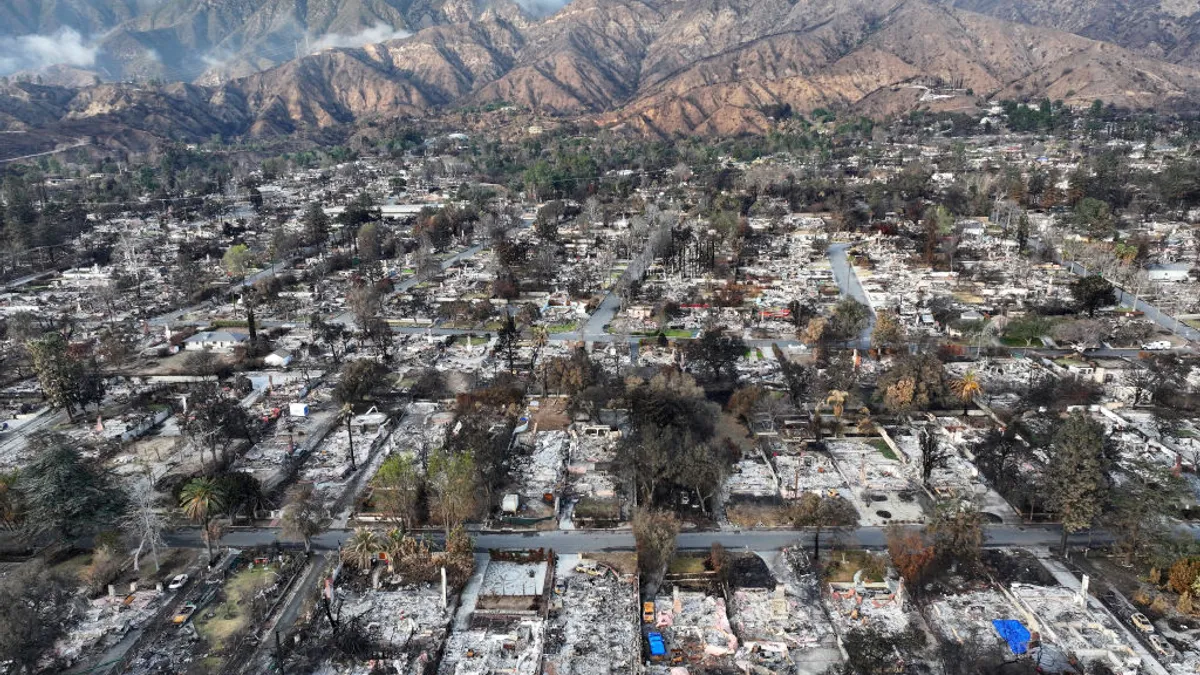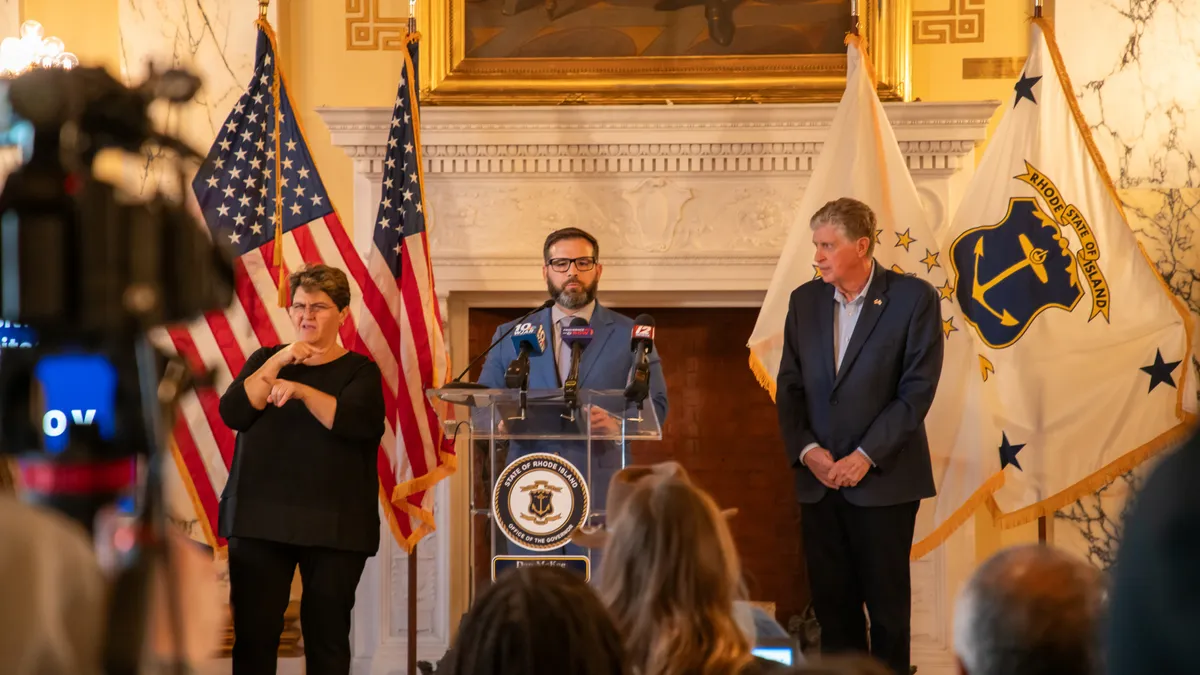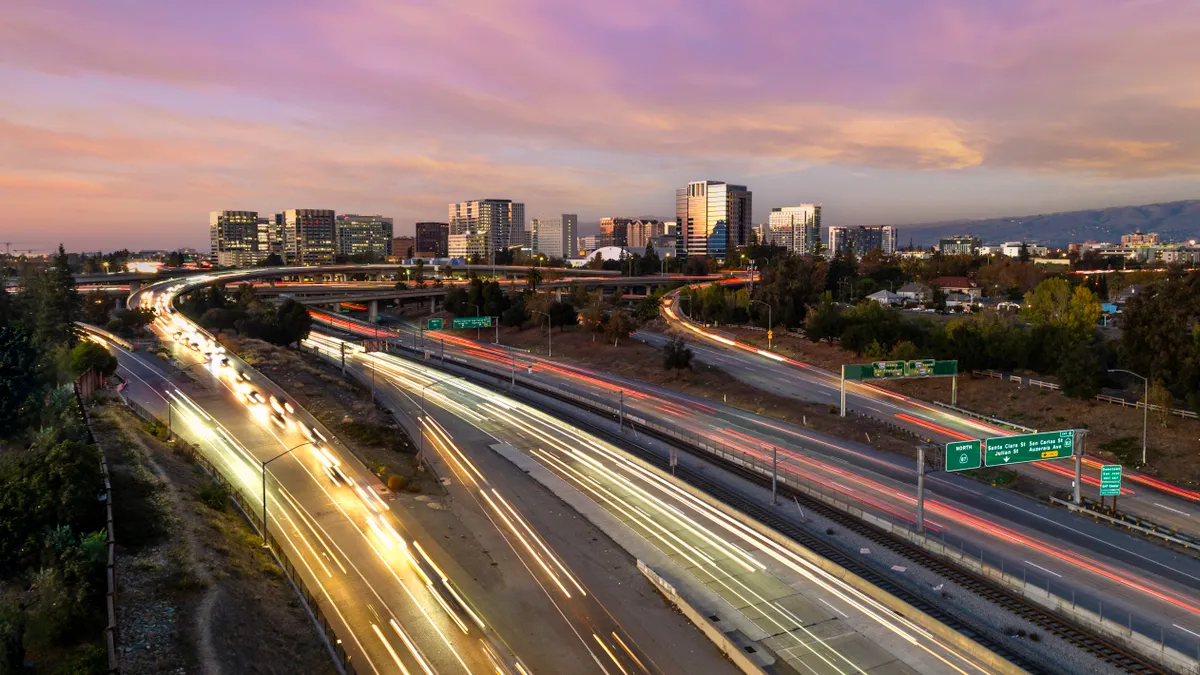The concerns and priorities of 62,000 New York City residents were collected earlier this year in the largest-known public survey in the city’s history. Earlier this month, NYC Speaks, a $2 million citywide initiative for civic engagement funded by a public-private partnership, released the survey results to help guide the public policies of New York City’s new mayor, Eric Adams.
NYC Speaks touted the diversity of respondents to the 27-question survey: Almost 30% were young people ages 14-17; 27% were Black; 29% were Hispanic; and 14% were Asian, in line with the racial and ethnic makeup of the city itself, the group said. As city law requires, the survey was offered in 10 languages in addition to English.
"We invested in boots-on-the-ground operations," said José Serrano-McClain, co-executive director of NYC Speaks and a partner at HR&A Advisors, a consulting firm for city government. His team analyzed survey response data each night to understand which neighborhoods were underrepresented and shifted resources to those communities in real time, he said. One of the main goals of the survey was to ensure statistical significance within every area of the city. "I’m very proud of how closely we're matching Census numbers, it's really uncanny," he said.
Based on the problems city leaders saw in the community, NYC Speaks prioritized 10 issue areas, including climate change, education, housing, mental health, public safety and transit, and the survey asked two or three questions within each issue. For three weeks, beginning on Martin Luther King Jr. Day, almost 150 canvassers – called community engagement fellows and paid $18 per hour – walked through the five boroughs with iPads and connected the citywide survey to people in places such as laundromats and grocery stores.
According to the survey results, New Yorkers across almost all races and incomes named housing as their top priority for creating safer neighborhoods and pinpointed the need to prioritize affordable and safe housing. After housing, middle-aged respondents, homeowners, and those earning less than $35,000 a year said more police would increase safety. Young respondents, on the other hand, called for improved public spaces and improved police-community relations over increased police presence. More than half of respondents, including 83% of Black respondents, wanted the city to provide reparations.
Other key findings included the desire for better transit: According to the survey, New Yorkers want to feel safer riding public transit more than they want more affordable rates or shorter wait times. When it came to education, more than a fifth of respondents wanted to see more mental health professionals and social workers in schools; 44% of adults called for more diverse staffing and 36% for more equitable resource distribution across public schools.
"These large-scale surveys are great devices for informing policymakers of people's concerns: the more significant challenge that most sours citizens on such surveys is the lack of follow-through," wrote Amy Glasmeier, professor of economic geography and regional planning at the Massachusetts Institute of Technology, in an email interview. She noted that communication between city officials and residents could go dead as soon as the analysis ends.
"Politicians and decision-makers often think that just because they know what peoples' problems are [it’s] enough to satisfy the public," said Glasmeier. An effective approach city officials could take, she said, is to select one item from each priority topic and create a multiyear plan around achieving change in that topic.
NYC Speaks launched the second phase of the initiative, "Community Conversations," by providing small grants to 50 community-based host organizations, including three public library systems, where residents can review the results of the survey and provide feedback on their top priorities.
During the third and final phase of NYC Speaks, in late spring, the qualitative results of these engagement sessions will be used to host action plan workshops with senior policymakers, grassroots organizers, and community leaders who will create a community-based agenda for the Adams administration. NYC Speaks’ final report will be released in June.
Serrano-McClain said the action plan in the final report would help build the strong community governance and the political will needed to do the costly things required to address modern challenges like inequality, affordable housing, and resilience to climate change.
"The challenges are bigger than ever, and right now our politics feel very fractious, and we’re trying to arrive at consensus when we have very little time to make the investments that we need to be making," he said.
"This process gives the new administration the basis for which to be people-driven about their actions, essentially informed by community voice," he added.
It's not known whether the city will build the survey into its plans for future administrations and citywide strategic planning processes, but Serrano-McClain sees its value. "It signals that the end of community voice isn’t over, it’s actually just beginning. That’s what a 21st-century government looks like," he said.



















